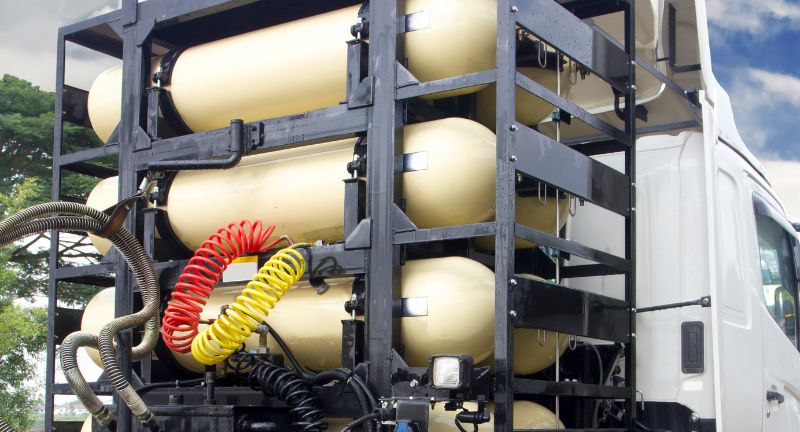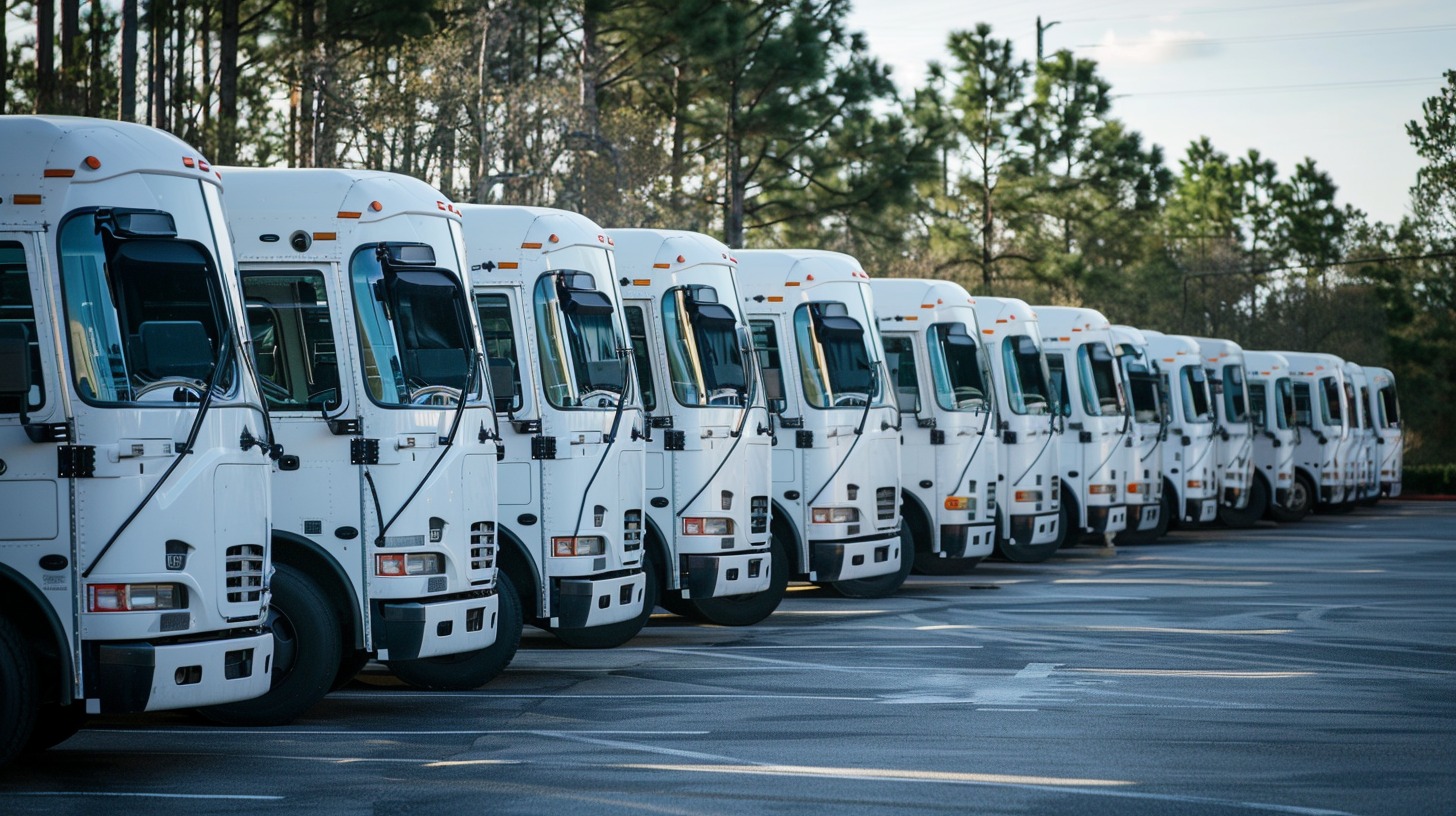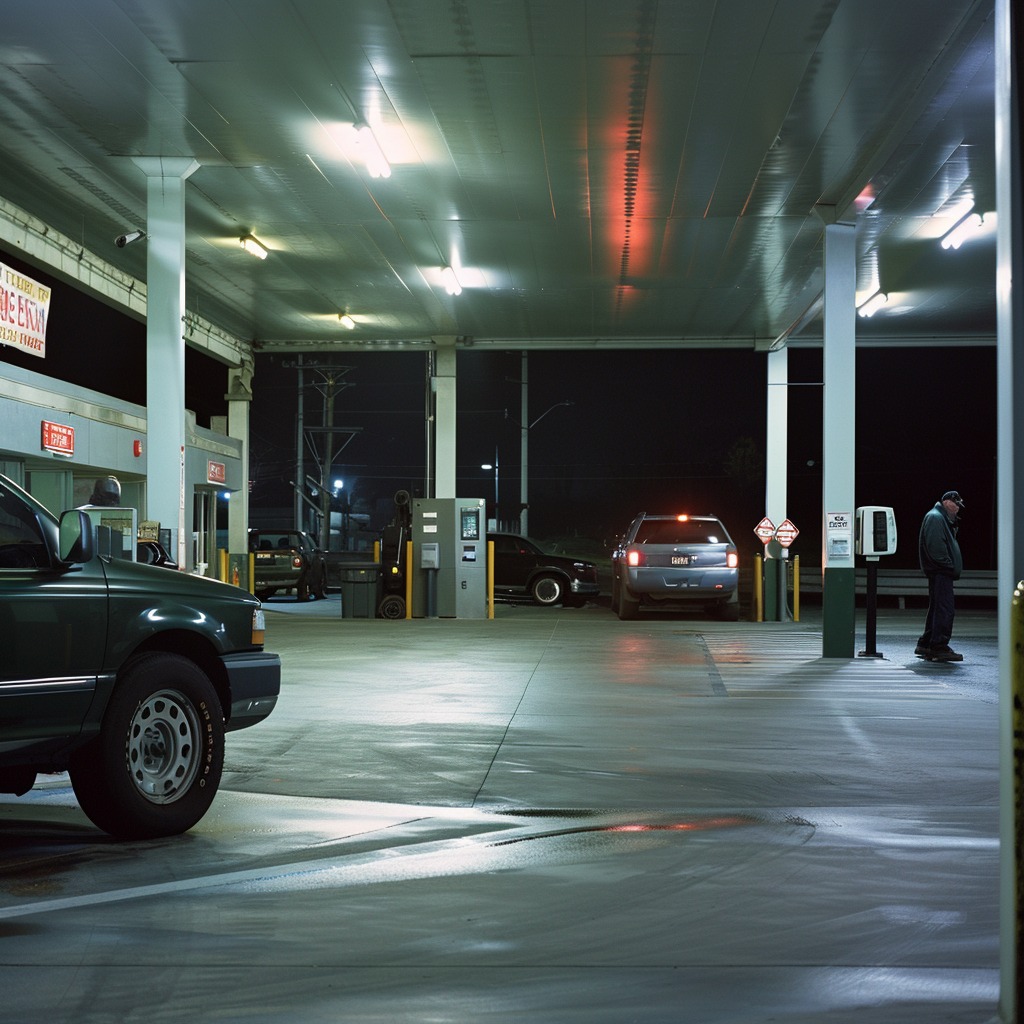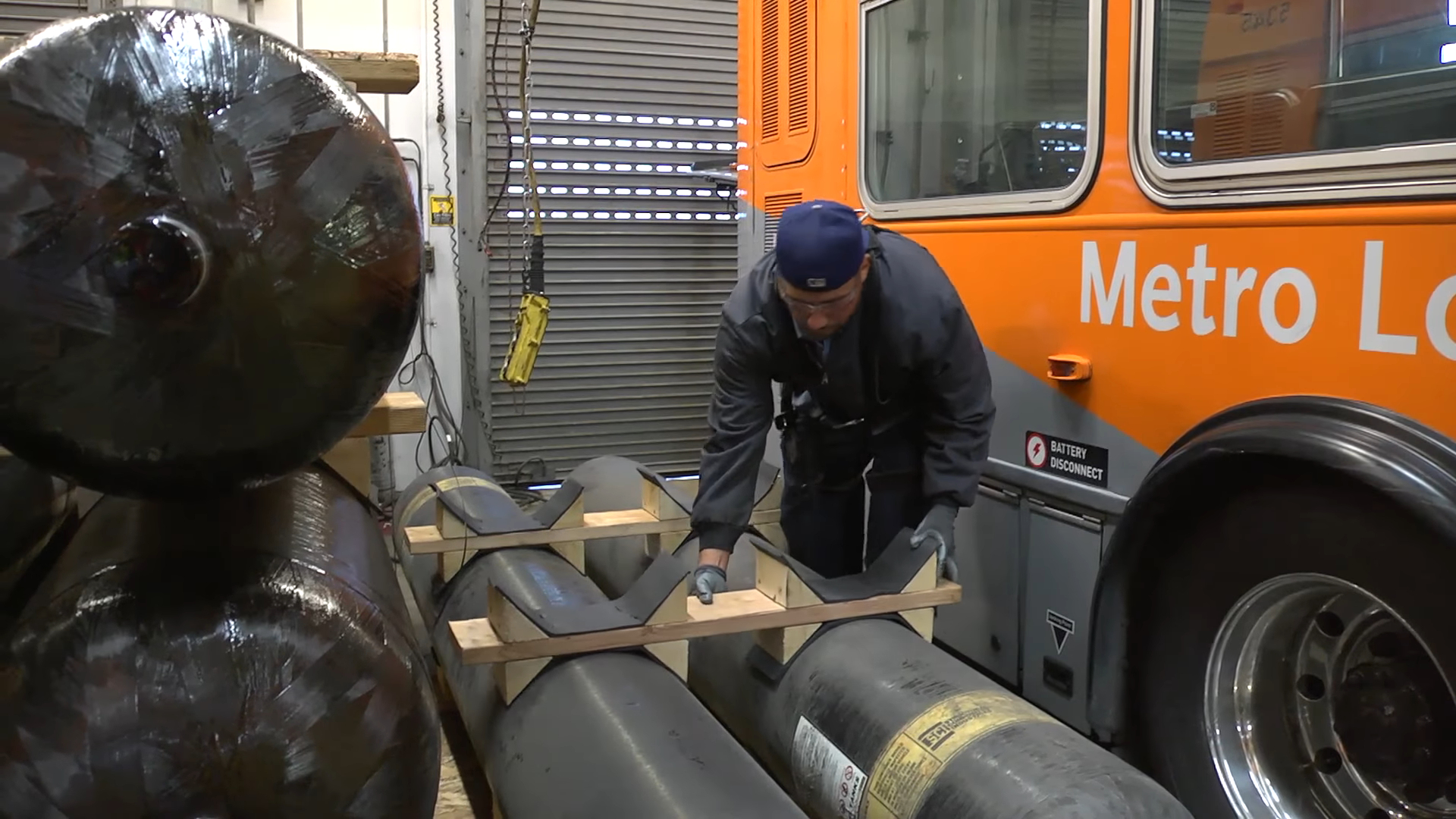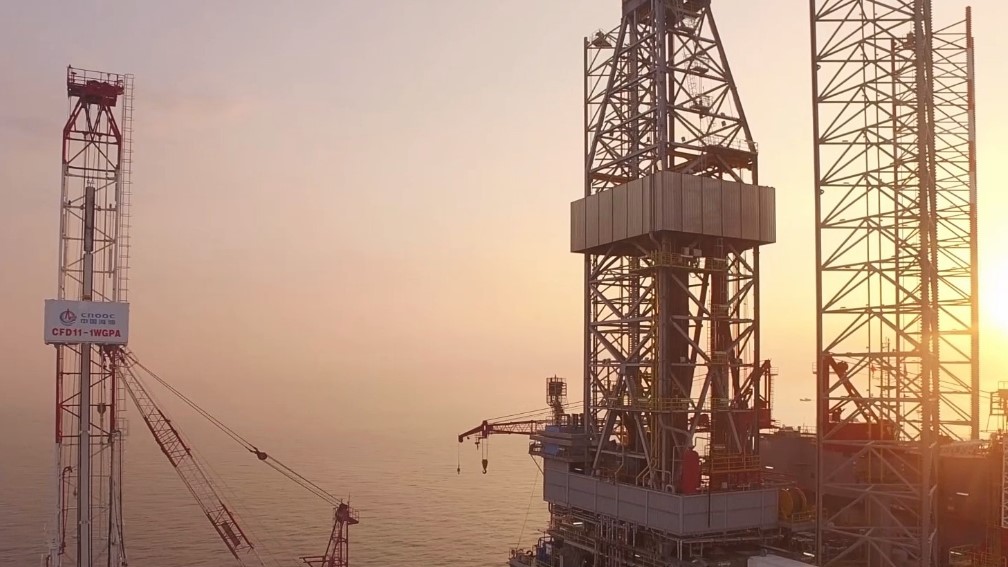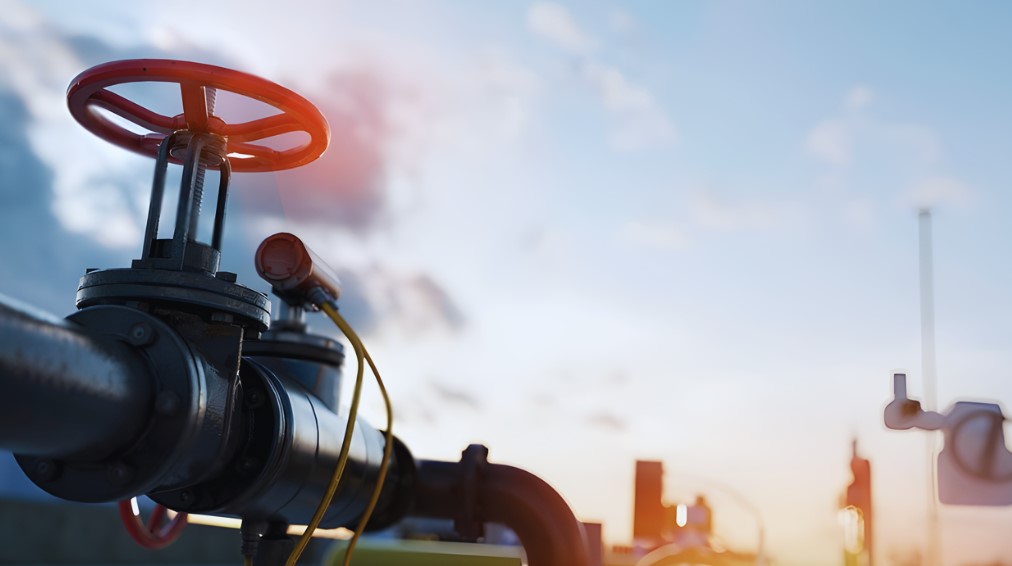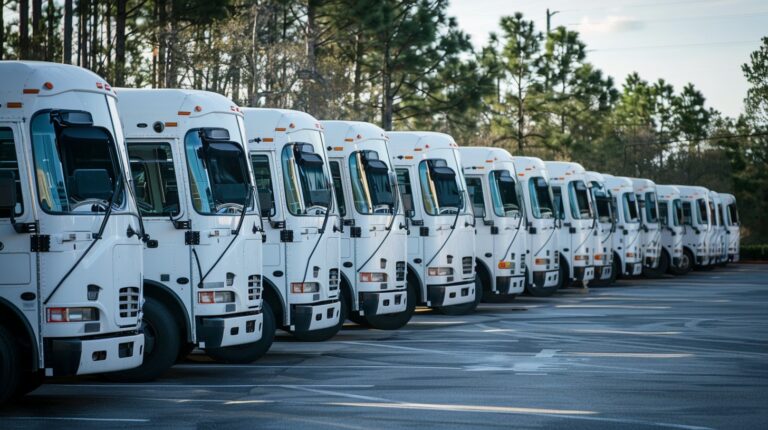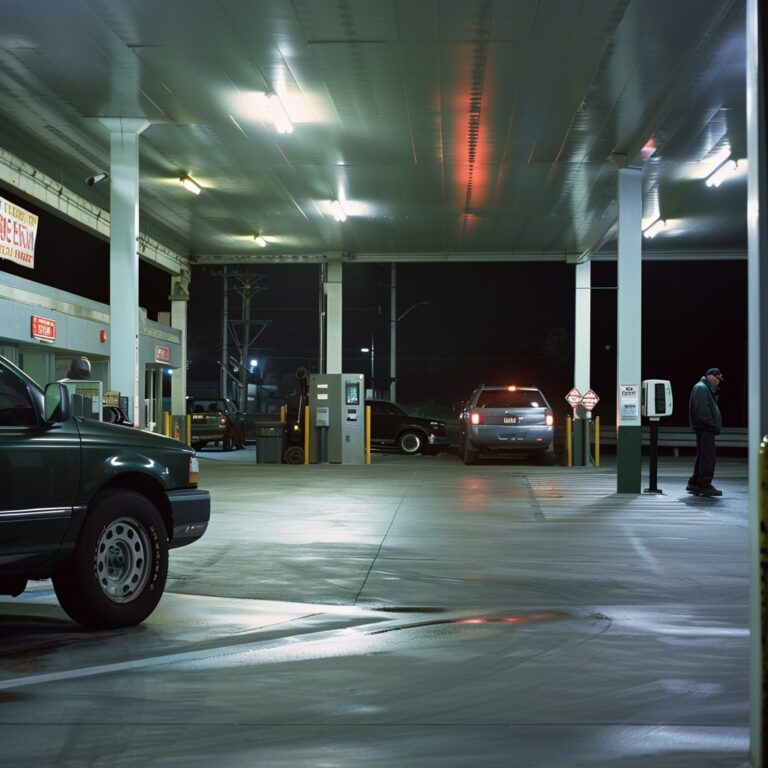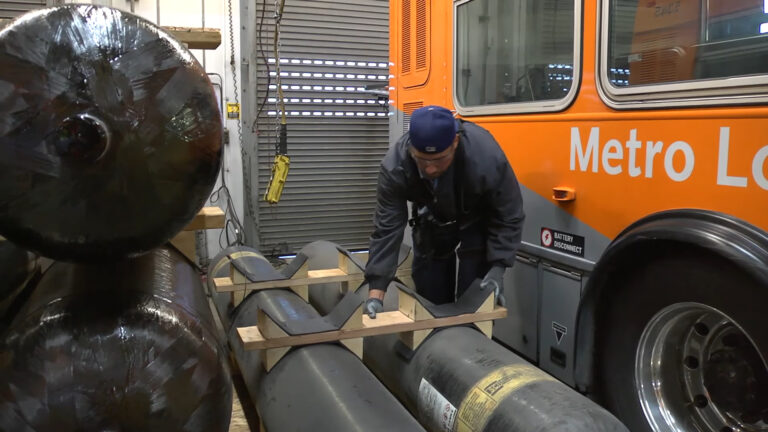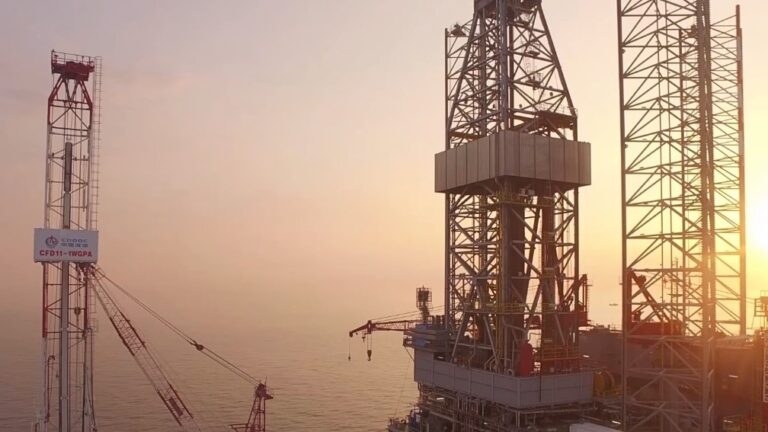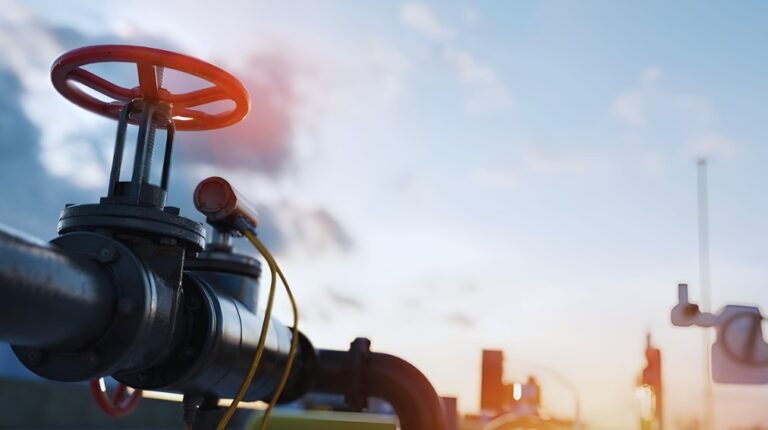CNG has become a popular alternative fuel source in recent years, offering both environmental and economic benefits. As vehicles transition from traditional gasoline to CNG, the safety and maintenance of CNG containers become paramount.
Regular inspections of these containers are crucial to ensure the safety of both the vehicle operators and the general public.
Now, let us take a look at all the major questions regarding CNG containers.
What You Should Know about These Containers?
There are several things we need to be aware of when it comes to CNG containers.
Construction Materials
Containers are constructed from robust materials capable of handling high pressures without compromising safety. The choice of material depends on the required strength, durability, and weight considerations:
- Steel: Traditional CNG cylinders are often made from high-strength steel. It offers excellent durability and is relatively cost-effective, making it a popular choice for many applications.
- Composite Materials: Advanced CNG containers utilize composite materials such as carbon fiber or fiberglass wraps around a thinner steel or aluminum liner. These materials significantly reduce the weight of the cylinders while maintaining strength and safety.
Design and Engineering
CNG containers are meticulously engineered to meet stringent safety standards:
- Cylinder Shapes: Most CNG containers are cylindrical, a shape that naturally withstands internal pressure effectively.
- Safety Features: Safety is paramount in the design of CNG cylinders.
Testing and Certification
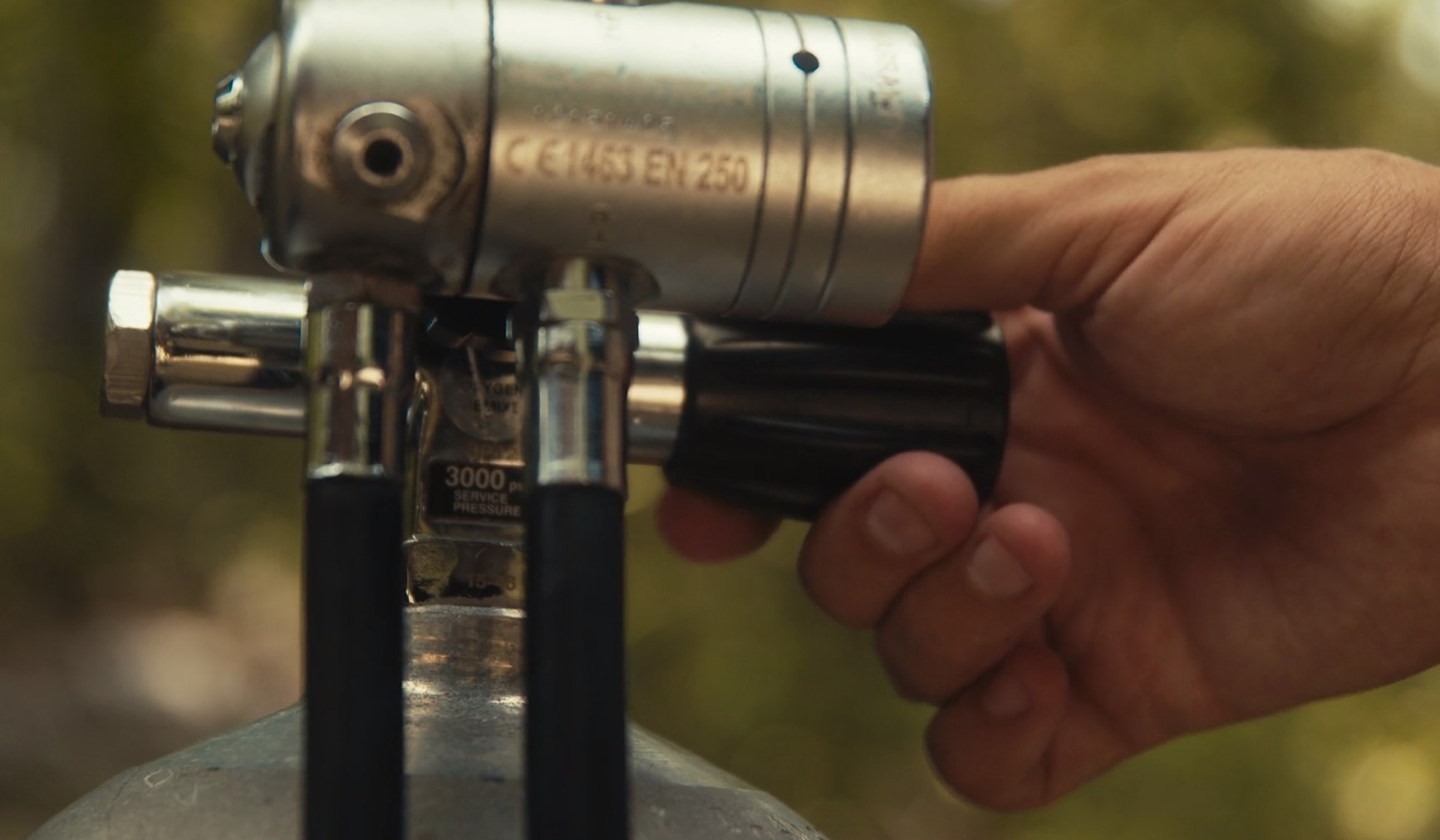
To ensure reliability and safety, CNG containers undergo rigorous testing and must meet specific certification standards:
- Hydrostatic Testing: This test involves filling the cylinder with water and pressurizing it to levels far exceeding its normal operating conditions to check for leaks and weaknesses.
- Durability Testing: Cylinders are subjected to conditions that simulate long-term operational use to ensure they can handle the wear and tear of regular driving and environmental exposure.
- Certification: Internationally recognized standards such as those from the Department of Transportation (DOT) in the U.S. or the European ECE regulations dictate the requirements for CNG container construction, testing, and maintenance.
Maintenance and Inspection
Regular maintenance and inspection are crucial to maintaining the safety and efficiency of CNG containers:
- Containers should be inspected regularly by qualified professionals to ensure structural integrity and functional safety. Inspections often include checking for corrosion, damage, and leaks.
- Cylinders have a finite service life, typically around 15-20 years, after which they must be replaced. The life expectancy can vary based on factors such as material, usage conditions, and maintenance practices.
Reasons for Regular Inspections
Safety is paramount when it comes to these. As CNG containers play a pivotal role in storing and transporting this alternative fuel, their integrity and functionality are of utmost importance.
Regular inspections of these containers are not just a procedural formality but a critical measure to ensure their safe and efficient operation.
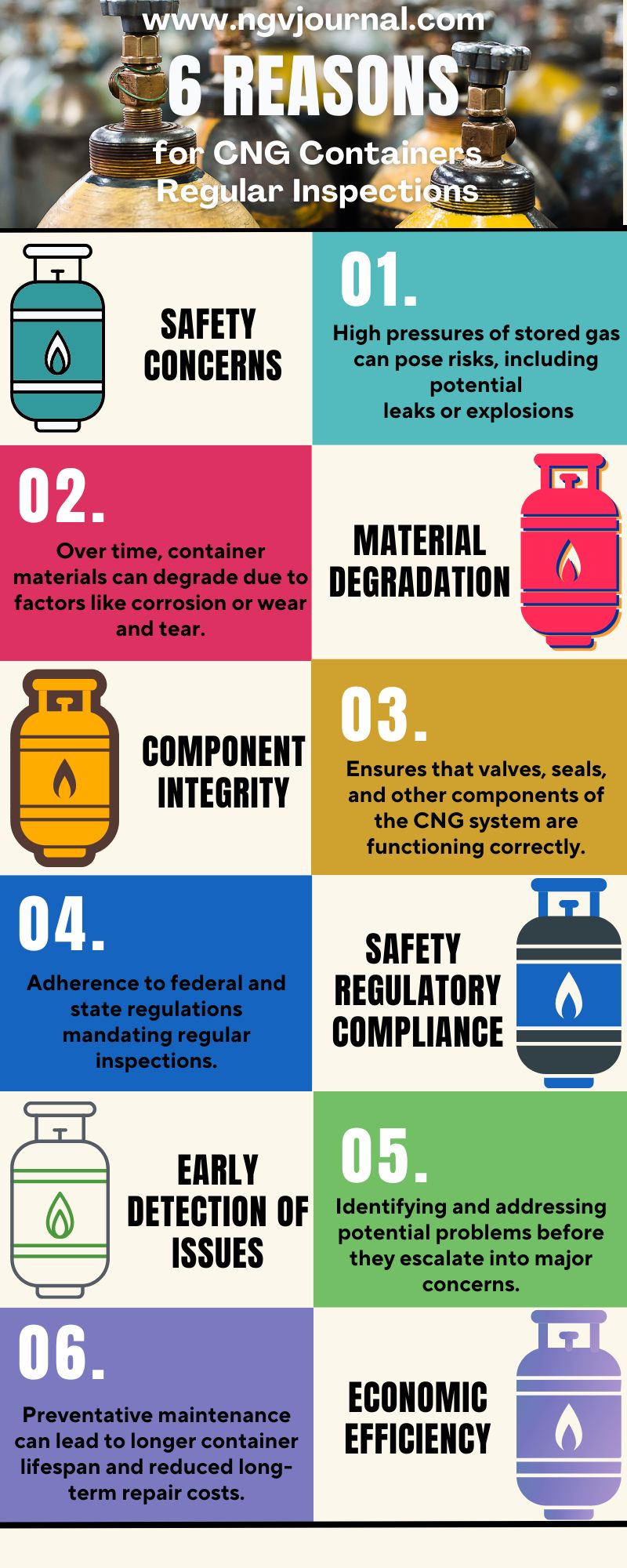
Mandatory Inspection Intervals
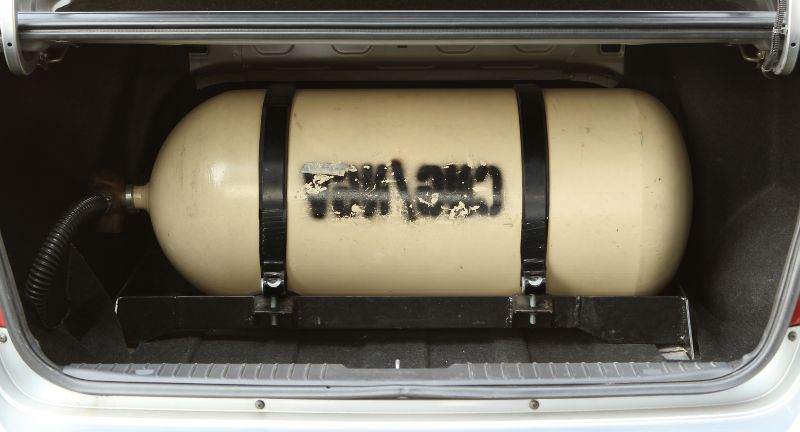
Both federal and state regulations mandate regular inspections of CNG containers. While the specifics may vary depending on the jurisdiction, a common standard is to inspect CNG containers every 12 months or after a certain mileage threshold.
Certain conditions, such as an accident involving the vehicle, might necessitate immediate inspection regardless of the last check-up date. Adhering to these regulations is not just a legal requirement but also a crucial step in ensuring the safety of CNG operations.
Inspection Procedures
Ensuring the safety and efficiency of Compressed Natural Gas (CNG) containers is paramount in the alternative fuel industry. A rigorous inspection process is vital to ascertain the integrity and functionality of these containers.
Procedures for CNG Container Inspection:
- Visual Examination
- Inspectors begin with a thorough external check.
- They look for signs of damage, such as dents, scratches, or corrosion.
- Any superficial damage might indicate deeper structural issues.
- Pressure Testing
- This ensures the container can safely hold gas at its rated capacity.
- It involves filling the container with a fluid, usually water, and pressurizing it to a specific level.
- Observations are made for any leaks or deformations.
- Ultrasonic Testing
- An advanced method to detect internal damage or degradation.
- Uses high-frequency sound waves to identify flaws or weaknesses inside the container.
- Especially useful when there’s suspicion of damage not visible externally.
- Valve and Seal Checks
- Ensures that all valves function correctly without leaks.
- Seals are examined for any signs of wear or damage.
- Replacement of any faulty valves or seals is recommended.
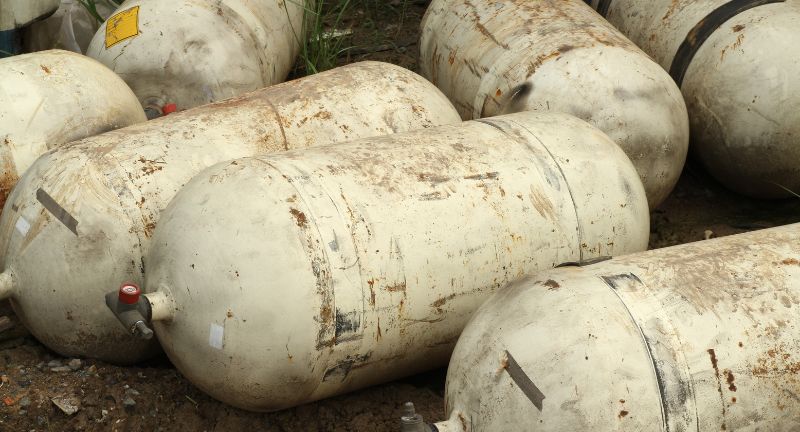
- Material Integrity Assessment
- Evaluates the structural integrity of the container material.
- Checks for signs of corrosion, especially in metal containers.
- For composite containers, checks for delamination or other material failures.
- Documentation Review
- Inspectors review the container’s documentation and history.
- This includes previous inspection reports, repairs, and any incidents or accidents involving the container.
- Helps in understanding the container’s overall health and maintenance history.
Potential Issues Detected During Inspections
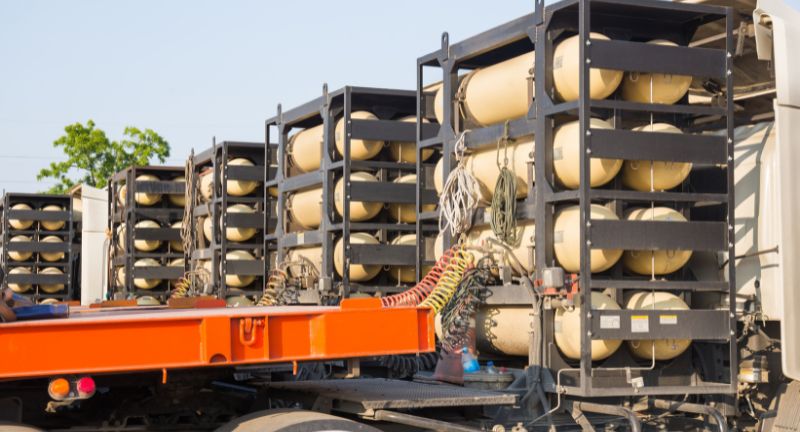
Some of the common issues detected during CNG container inspections include corrosion, especially in metal containers, or delamination in composite ones.
| Issue | Description | Common Causes |
|---|---|---|
| Corrosion | Weakens structural integrity, increasing breach risk. | Moisture, oxygen, road salt, winter conditions. |
| Delamination | Reduces pressure resistance, risking failure. | Impact, poor quality, temperature changes. |
| Physical Damages | Compromises integrity, heightening failure risk. | Accidents, mishandling, harsh conditions. |
Consequences of Unaddressed Issues
Failing to address these issues promptly can lead to several serious consequences:
- Small defects in the container can lead to leaks, which not only waste fuel but also pose serious safety risks, including the risk of fire or explosion.
- Ongoing issues such as corrosion and delamination can accelerate the wear and tear on a container, reducing its usable lifespan and leading to earlier than expected replacement costs
- In worst-case scenarios, the structural failure of a CNG container can be catastrophic, potentially leading to powerful explosions. These failures not only endanger human lives but also cause significant property damage and environmental harm.
Importance of Timely Intervention
Given these potential issues and their severe implications, it is essential that any defects found during an inspection are taken seriously and addressed promptly.
Repair strategies may vary, ranging from minor repairs to complete replacement of the container, depending on the severity of the damage.
Regular maintenance schedules and adherence to safety guidelines are critical to mitigating these risks and ensuring the safe operation of CNG-powered vehicles.
Post-Inspection Steps
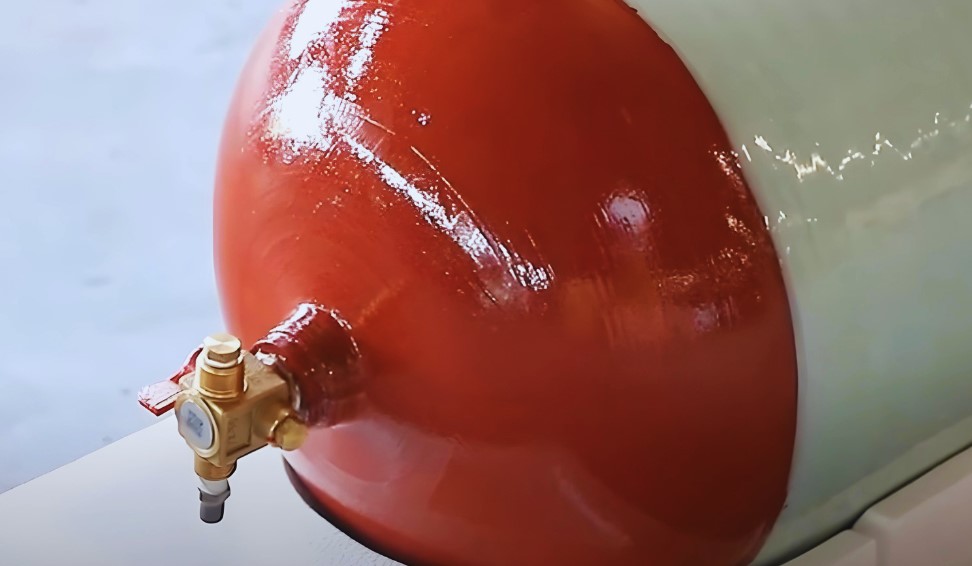
Once a CNG container passes its inspection, it’s typically recertified for use until the next mandated inspection interval. If a container fails its inspection, immediate action is required.
Depending on the severity of the issue, this might involve repairs, retesting, or, in some cases, decommissioning the container entirely.
It’s crucial for vehicle operators and fleet managers to be proactive in addressing any concerns raised during an inspection to ensure continued safe operation.
Benefits of Regular Inspections
The adoption of Compressed Natural Gas as an alternative fuel source underscores the importance of maintaining the infrastructure that supports it.
Regular inspection of CNG containers not only ensures safety but also brings a plethora of advantages.
| Benefit | Description |
|---|---|
| Enhanced Safety | Reduces the risk of gas leaks, explosions, and other potential hazards associated with CNG storage. |
| Prolonged Container Lifespan | Regular checks can detect issues early, preventing major damages and extending the container’s life. |
| Regulatory Compliance | Ensures adherence to safety standards and regulations, avoiding potential legal ramifications. |
| Operational Efficiency | Well-maintained containers ensure optimal gas storage and pressure, leading to better fuel efficiency in vehicles. |
| Cost Savings | Early detection of issues can lead to cheaper repairs and prevent costly replacements. |
| Environmental Protection | Preventing leaks and ensuring efficient combustion reduces environmental pollution. |
| User Confidence | Regular inspections instill confidence in users about the safety and reliability of CNG systems. |
A Wrap Up
The rise of CNG as an alternative fuel source brings with it the responsibility of ensuring the safe storage and transportation of the gas. Regular inspections of CNG containers are a cornerstone of this safety paradigm.
By understanding the importance of these inspections and adhering to mandated schedules, we can harness the benefits of CNG while ensuring the safety of all stakeholders.

